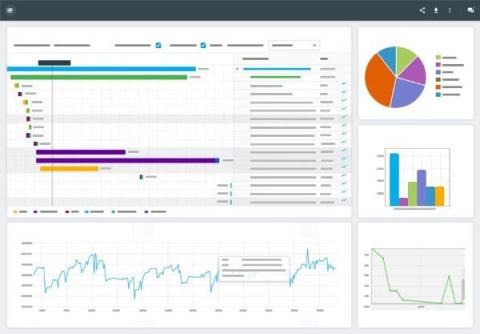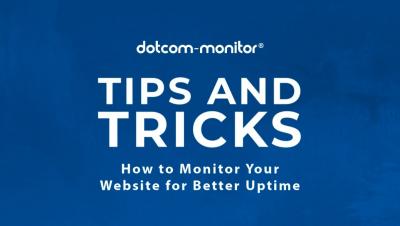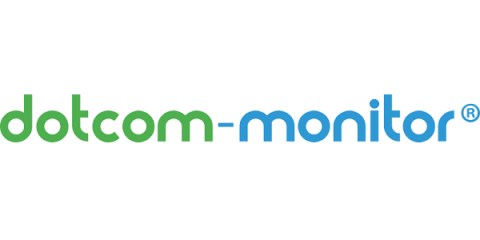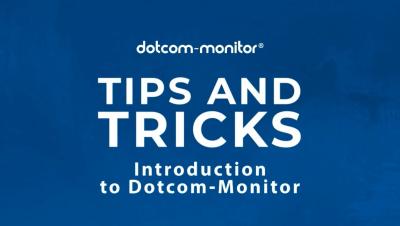Operations | Monitoring | ITSM | DevOps | Cloud
Dotcom-Monitor
How to Monitor Your Website for Better Uptime
Top 25 Server Monitoring Tools
Introduction to Dotcom-Monitor
Top 20 Synthetic Monitoring Tools
Web Monitoring Tools, Uptime & Your Business Online
How to Monitor HTML Canvas for Load and Uptime
Before diving into how to monitor HTML Canvas, let’s define it. HTML Canvas is a powerful feature of HTML5 that allows developers to create and manipulate graphics, animations, and other visual effects using JavaScript. It’s a blank slate on which you can draw whatever you want, making it an excellent tool for creating interactive and dynamic web content.
How to Monitor Website Uptime in 2023
An essential element of your business success lies in establishing trust between you and your users. A big part of this is a reliable website that performs and is there when your users need it. We’ll show you how a website uptime monitoring tool can help you achieve excellence online, with all the wide-ranging benefits that encompasses, not least engendering trust between you and your users.
Why Uptime Monitoring Is Essential for Your Business
Website downtime is a serious concern for businesses as it directly impacts the bottom line and can cause significant downstream effects as users turn to alternatives. You and your team can spend hundreds of hours to improve your websites, add new features, and create great content. If your website comes down at a critical moment, these efforts are wasted and users are left wondering about your business’ ability to function in the digital world.
The Importance of Uptime for Your Website
Business operations have been revolutionized by the advent of web-computing services. Many organizations now look to decrease or eliminate expenditure, increase efficiency, and maximize profits by moving their processes online because of the unmatched flexibility and ability to scale the cloud affords them. With this sea-change to online, cloud-based operations for businesses has come a new challenge: availability.





